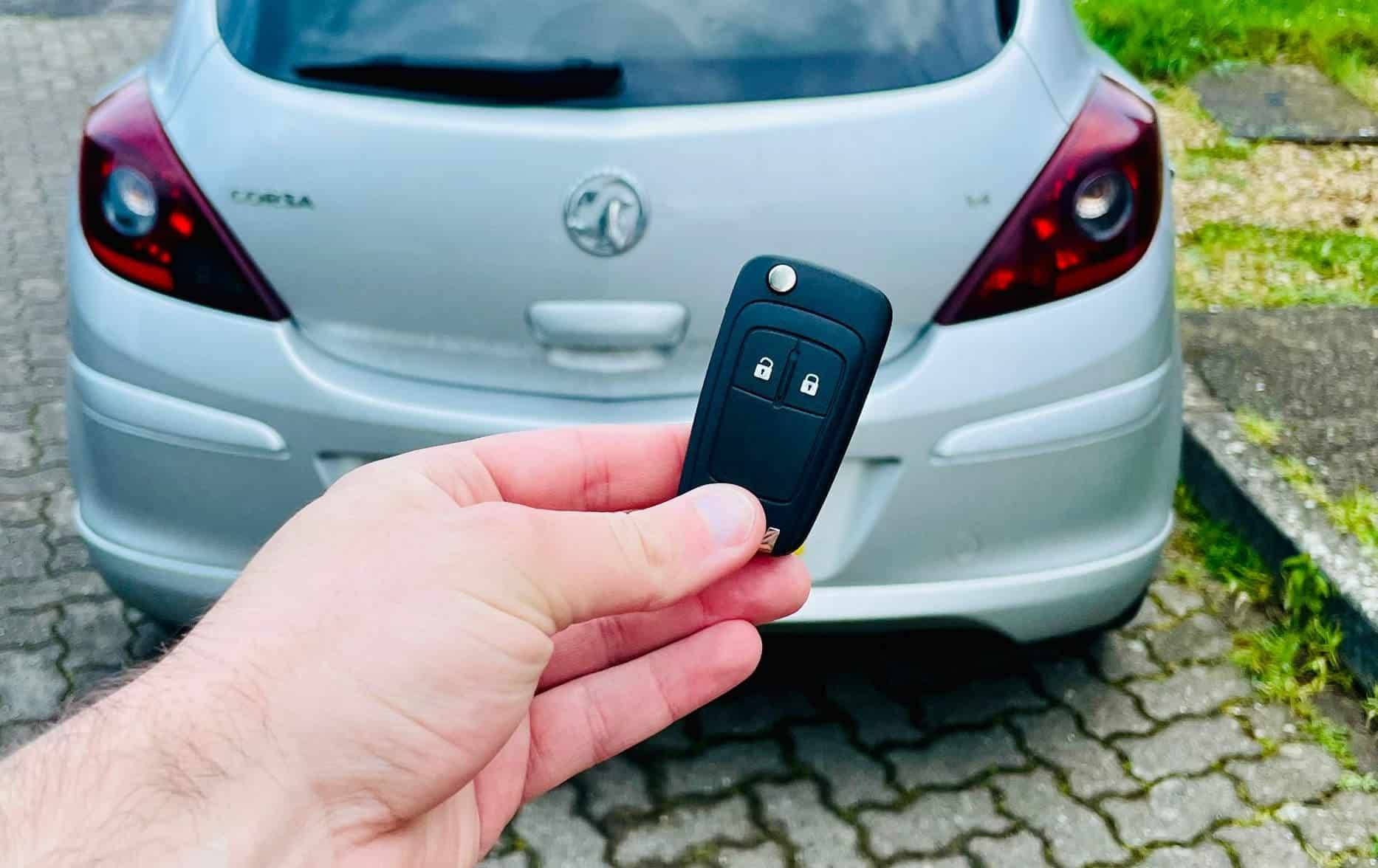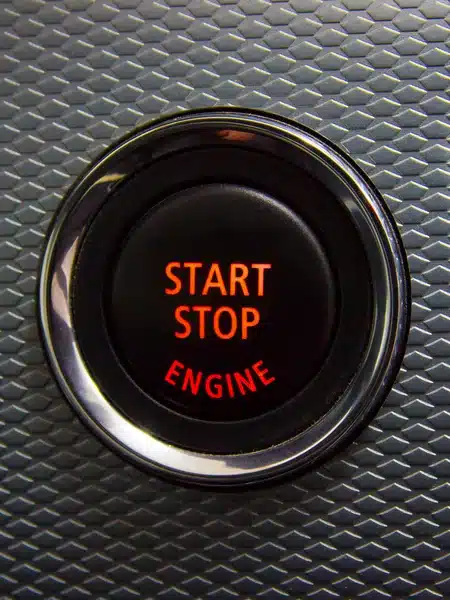
Transponder Key Programming

Transponder keys, commonly used in vehicles manufactured since the mid-1990s, have a microchip embedded in the key fob. These chips are part of the vehicle’s anti-theft system. When a key is inserted into the ignition, the chip emits a unique signal that must be recognised by the vehicle’s immobiliser system housed in the ECU. If the signal is not recognised, the car will not start, even if the key physically turns the ignition. This technology significantly enhances vehicle security by preventing the engine from being started without the correct, programmed key.
The Need for Transponder Key Programming
Programming a transponder key is necessary under several circumstances:
Key Replacement: If the original keys are lost or damaged, a new key will need to be programmed to match the vehicle’s existing system.
Additional Keys: For convenience or backup, vehicle owners often require spare keys, which must be programmed to ensure they work with the vehicle.
ECU Replacement or Resetting: If the vehicle’s ECU is replaced or reset, existing keys may need to be reprogrammed to sync with the new system settings.

The Programming Process
The complexity of programming a transponder key varies depending on the make and model of the vehicle but generally involves the following steps:
- Key Cutting: If a new key is being made, it first needs to be physically cut to fit the vehicle’s locks and ignition.
- Accessing the Vehicle’s ECU: The auto locksmith accesses the vehicle’s ECU, which requires specialised tools and software. This step often involves connecting a key programmer to the vehicle’s diagnostic port.
- Programming Mode: The vehicle is put into programming mode. This might involve using specific combinations of turning the ignition on and off with the existing master key or using commands through the diagnostic tool.
- Data Entry: The locksmith then uses the programming device to input the new key information into the vehicle’s immobiliser module. This may include transferring the correct transponder data code to the new key’s chip, ensuring it matches the immobiliser’s settings.
- Testing: Once the new key is programmed, testing is crucial to confirm that the key correctly starts the vehicle and that all security functions are fully operational.
- Troubleshooting: If the key fails to start the vehicle or operate as intended, further diagnostics and adjustments are made. This could involve rechecking the programming settings or redoing the entire process.
